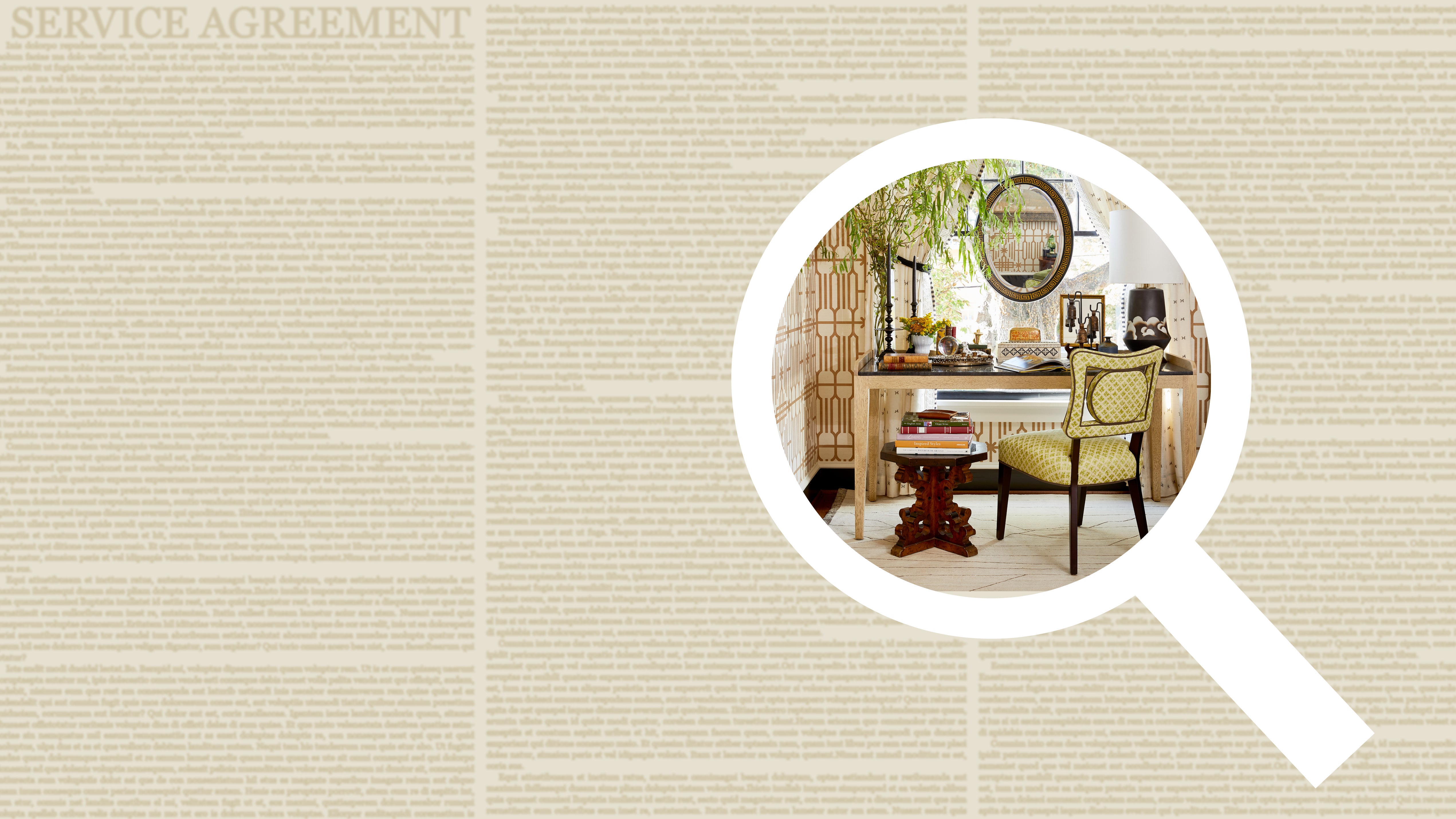A contract isn’t just a get-out-of-jail-free card if something goes wrong. A strong but approachable letter of agreement can establish positive ground rules for the designer-client partnership in addition to protecting your business. Here’s how to get it right.
A sword and a shield—that’s how lawyer Wendy Estela wants you to think about your contract. A Connecticut-based partner at Aeton Law Partners, Estela often helps interior designers retool their one-size-fits-all documents into personalized letters of agreement that outline how they want to work, get paid and move through a project in addition to offering safeguards in case the relationship breaks down. “Your contract gives you the opportunity to be the aggressor if needed, but it will also protect you,” she says. “If somebody is threatening you with legal process, picture yourself with your contract over your head—it’s a gigantic shield that is going to fend off those lawsuits, because while they might sue you, it will likely get dismissed from court.”


BOH subscribers and BOH Insiders.










































